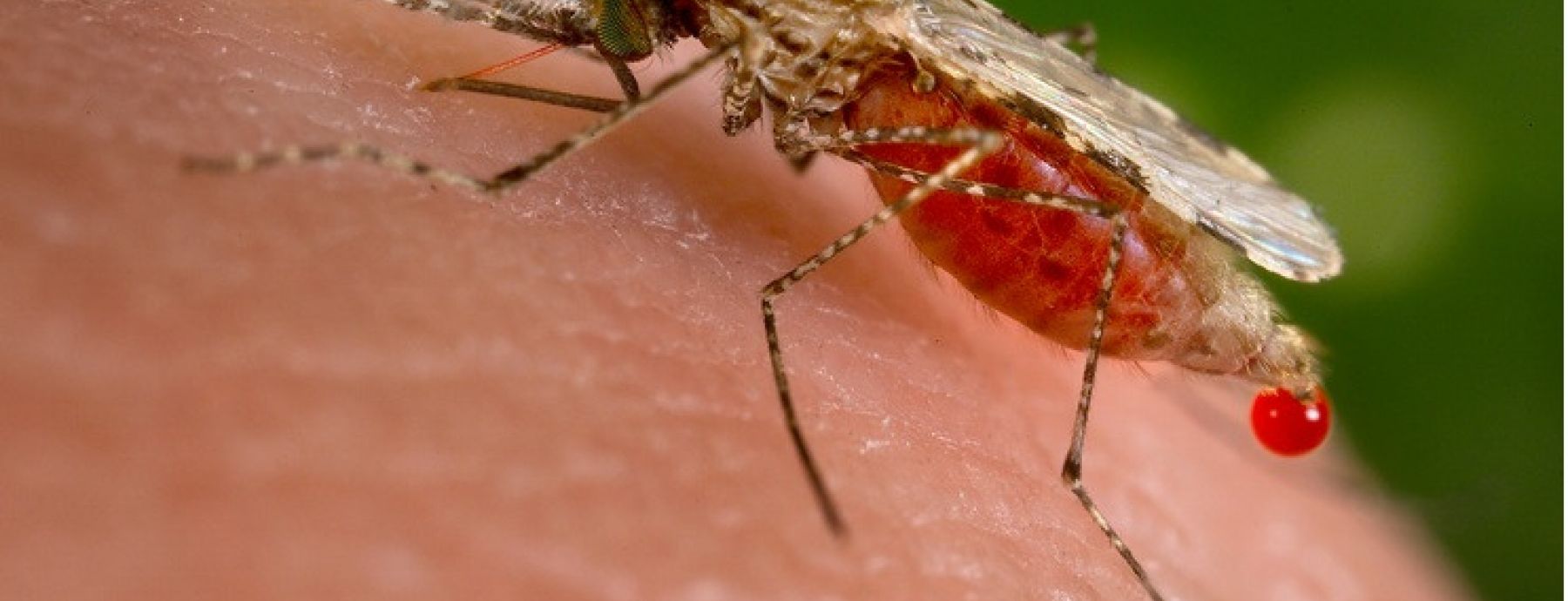Dozens of potential new protein targets for malaria vaccines have been identified and characterized on the surface of the transmitted sporozoite stage of the malaria parasite in a new research study. The research also demonstrates, for the first time, that some proteins on the surface of the parasite have sugar additions that could cloak them from the human immune system. A paper describing the research by a collaboration of scientists from Johns Hopkins University; the Center for Infectious Disease Research in Seattle, Washington; the Institute for Systems Biology in Seattle, Washington; Harvard Medical School; and Penn State University, is available online in a recent issue of the journal PLOS Pathogens.
"We used a method that we developed in a previous paper to identify which proteins of the malaria parasite, Plasmodium falciparum, might be visible to the human immune system on the outside of the parasite and therefore are good potential targets for the development of new malaria vaccines," said Scott E. Lindner, assistant professor of biochemistry and molecular biology at Penn State and one of two lead authors of the study. "Current experimental malaria vaccines target single proteins and do not provide the level of protection necessary to prevent the spread of the disease. Our new list of potential vaccine targets will allow the development of more-effective vaccines that target several proteins on the surface of the parasite."
The researchers collected malaria sporozoites -- the stage in the parasite's life cycle that is transmitted from mosquitos to humans -- from the salivary glands of thousands of infected mosquitos. The sporozoites travel from the site of a mosquito bite to the liver before spreading to the blood and causing symptoms. The researchers marked the proteins on the surface of the sporozoite with a chemical label that could not cross through the outer membrane of the parasite. They identified and characterized the labeled proteins using mass spectrometry.
"We focused on the transmission stage of the parasite because at this point in an infection the number of parasites is low and if we can design effective vaccines for this stage, we can stop the progress of the disease before it causes symptoms," said Lindner. "Once the parasites are in the liver they can hide from our immune system by residing inside of liver cells."
Based on multiple replications of their experiments, the researchers identified 42 proteins that are highly likely to be exposed on the surface of the parasite and are therefore potential targets for new vaccines. The researchers were surprised that many of the proteins that they identified had been thought previously to be located exclusively on the inside of the parasite cells. They suggest that these proteins, which normally are inside of the cell, may become exposed as the parasite moves from the site of a mosquito bite toward the liver.
"Malaria is still one of the great global health issues today, with hundreds of millions of new infections and half a million deaths each year, most of which occur in children under the age of five," said Lindner. "The parasite quickly and efficiently develops resistance to the drugs that we use to treat the disease, so what's really needed to make eradication of malaria possible is a better vaccine. Our research provides an experimentally validated list of protein targets that could be used to develop new, more effective malaria vaccines."
"The most important rationale for doing this work" said Stefan Kappe, a senior author of this work, "is that whole sporozoite immunizations are the only vaccination strategy that confers sterile protection against infection." The list of proteins identified by the researchers will guide future efforts to understand which proteins provide the best protection in this type of vaccine.
The researchers also discovered that two of these surface proteins are modified by the parasite with attached sugars -- a process called glycosylation -- that change the way the proteins are recognized by the immune system. This additional discovery will affect the way that future vaccines are designed, as well.
"Our goal was to identify proteins that are present on the surface of sporozoites in hopes of finding targets for new vaccines. The hope is that if the immune system has been trained to recognize several parasite proteins, it will succeed in stopping invading parasites before they can set up shop and make a person sick," said Kristian E. Swearingen, research scientist at the Institute for Systems Biology, the other lead author on the paper. "In addition to the potential new targets we've found, we're also excited about the discovery that two of the major sporozoite surface proteins are glycosylated. The presence of sugars on these proteins almost certainly affects the way they are recognized by antibodies, something that will need to be factored for in future vaccine efforts based on these proteins."
In addition to Lindner and Swearingen, the research team included Lirong Shi, Melanie J. Shears, Christine S. Hopp, and Photini Sinnis from Johns Hopkins University; Anke Harupa, Ashley M. Vaughan, and Stephan H. I. Kappe from the Center for Infectious Disease Research in Seattle; Robert L. Moritz from the Institute for Systems Biology in Seattle; and Timothy A. Springer from Harvard Medical School.
The research was funded by the Bill and Melinda Gates Foundation, a Johns Hopkins Malaria Research Institute Fellowship, the National Institutes of Health National Institute of Allergy and Infectious Disease, the National Institutes of Health National Institute of General Medical Sciences, the National Institutes of Health National Center for Research Resources, and the National Science Foundation; and it received support from the Penn State Huck Institutes of the Life Sciences.
Written by Sam Sholtis for news.psu.edu
Written By: K Swearingen, SE Lindner, S Shi, MJ Shears, A Harupa, CS Hopp, AM Vaughn, TA Springer, RL Moritz, SHI Kappe, P Sinnes
Paper Url: http://journals.plos.org/plospathogens/article?id=10.1371/journal.ppat.1005606
Journal: http://dx.doi.org/10.1371/journal.ppat.1005606
Journal Reference: http://dx.doi.org/10.1371/journal.ppat.1005606
